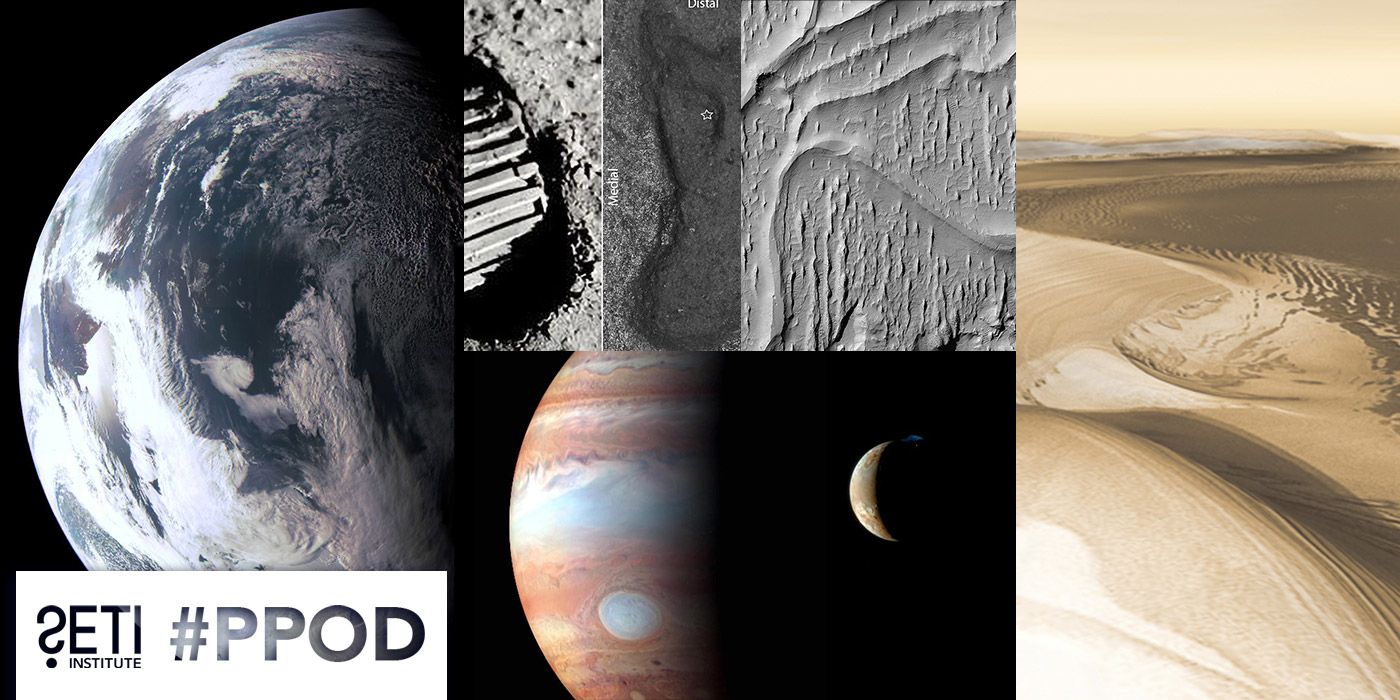
Planetary Picture of the Day
Week of February 19, 2024
Ancient Martian rivers, the northern polar ice cap, footprints on the Moon and Earth, and gazing at worlds from spacecraft on their journey elsewhere...
Monday, February 19, 2024
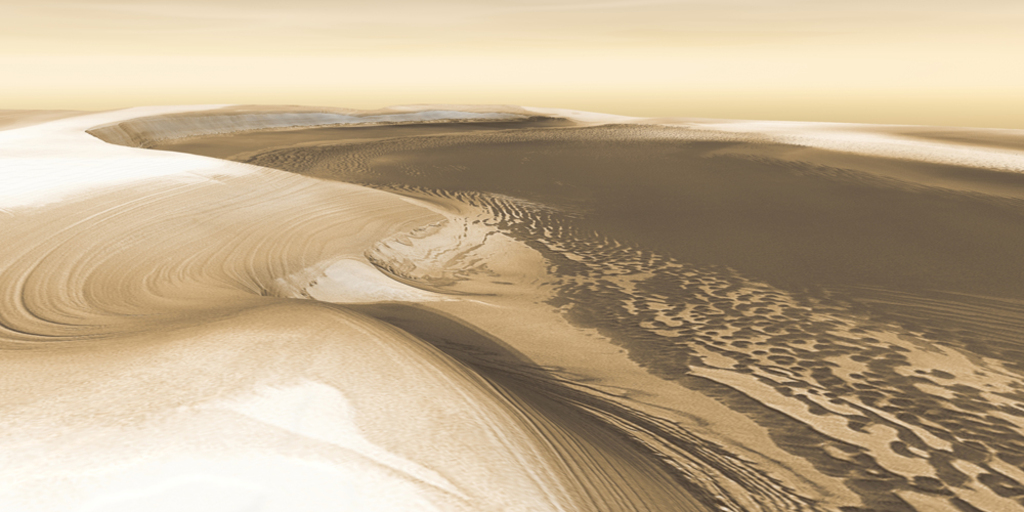
Chasma Boreale
Chasma Boreale is a long, flat-floored valley that cuts deep into Mars' north polar icecap. Its walls rise about 1,400 meters (4,600 feet) above the floor. Where the edge of the ice cap has retreated, sheets of sand are emerging that accumulated during earlier ice-free climatic cycles. Winds blowing off the ice have pushed loose sand into dunes and driven them down-canyon in a westward direction, toward our viewpoint.
This scene combines images taken during the period from December 2002 to February 2005 by the Thermal Emission Imaging System instrument on NASA's Mars Odyssey orbiter. It is part of a special set of images marking the occasion of Odyssey becoming the longest-working Mars spacecraft in history. The pictured location on Mars is 84.9 degrees north latitude, 359.1 degrees east longitude.
Tuesday, February 20, 2024
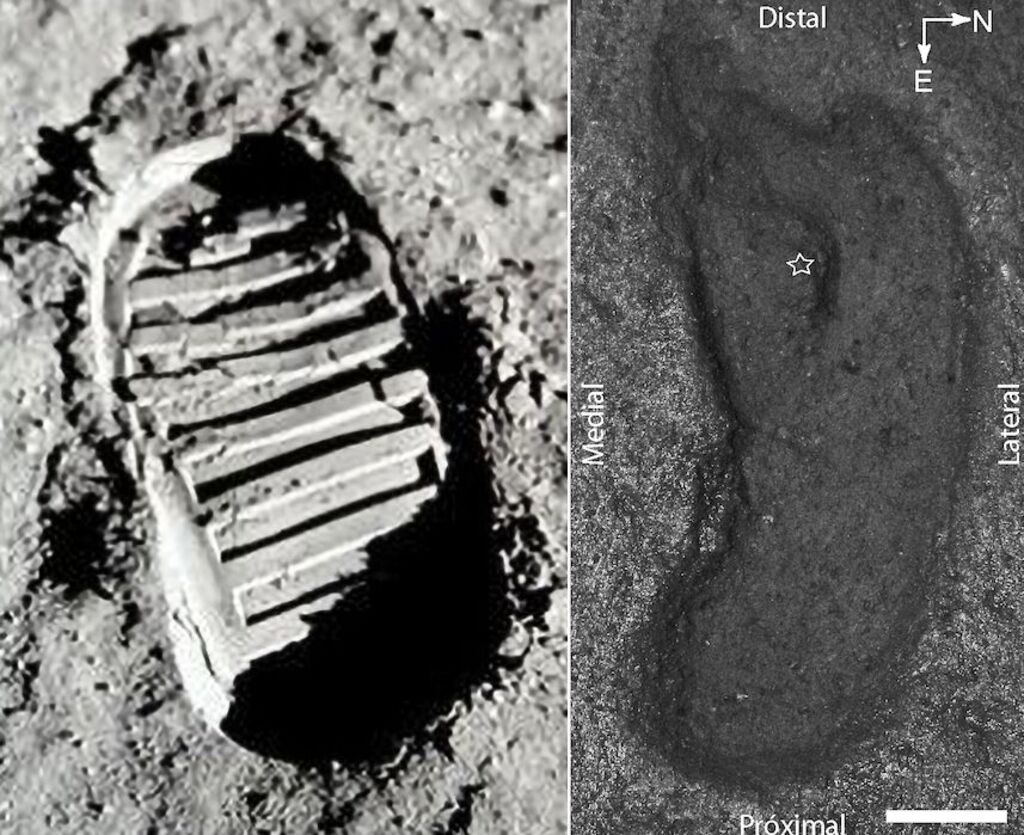
Footprints
Barely 15,600 years separate the left picture from the right, in a stunning shortcut of human technological evolution. On the left is a footprint in the lunar dust caused by Buzz Aldrin's moon boot on July 20, 1969; on the right is a late Pleistocene human footprint from the Pilauco archaeological site in northern Patagonia, Chile.
Wednesday, February 21, 2024
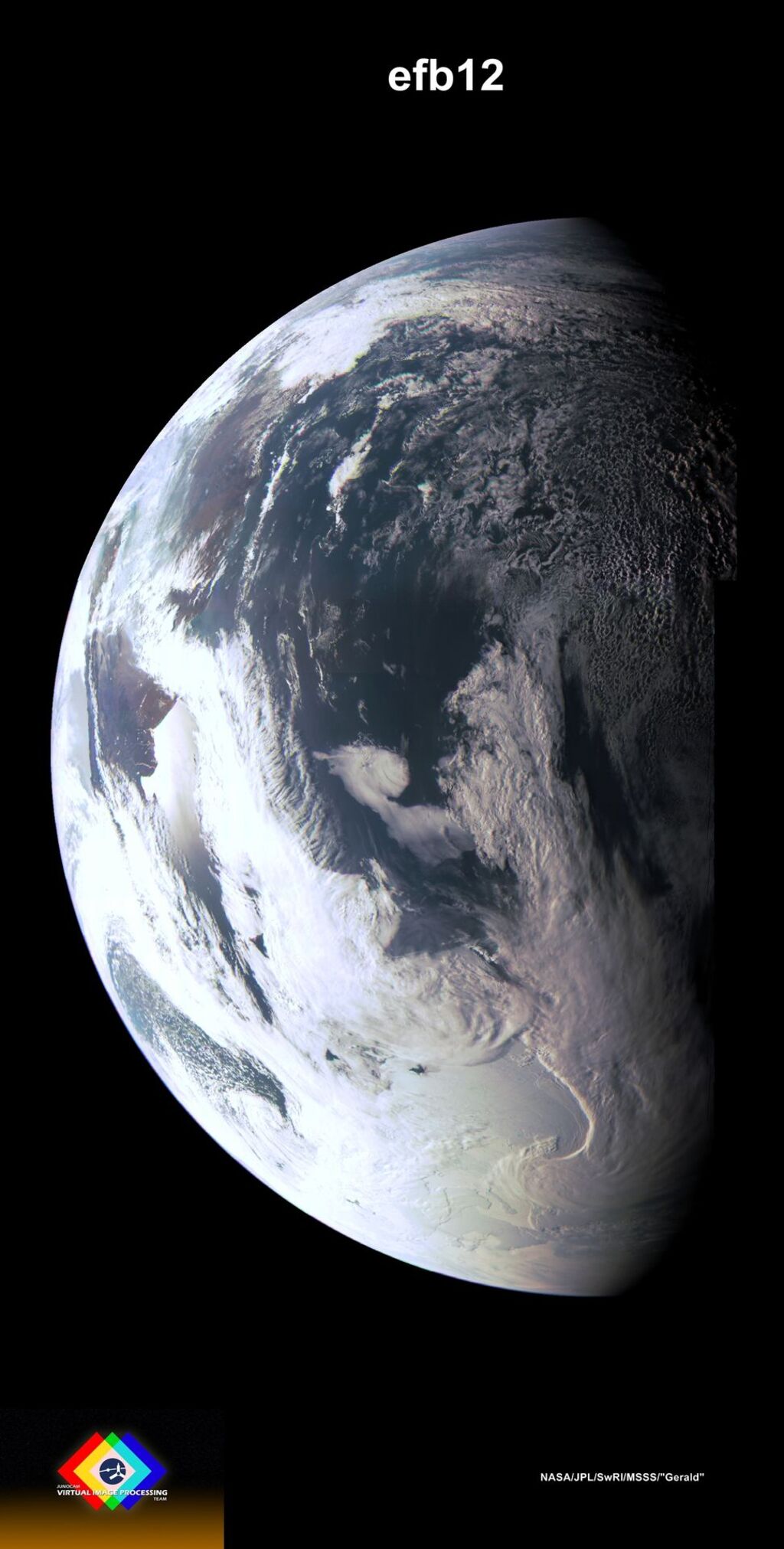
Earth From JunoCam
This image of Earth was taken during the close flyby of NASA’s Juno spacecraft on October 9, 2013. The image was acquired at 19:12 UT at an altitude of 1,987 miles (3,197 kilometers) – just 10 minutes before Juno’s closest approach to our planet. The image is a combination of the JunoCam instrument's red, green, and blue spectral filters and approximates natural color. The image is a mosaic of 82 individual frames taken as the spacecraft spun; the constituent images were composited and remapped by Juno scientists Mike Caplinger and Mike Ravine of Malin Space Science Systems, which built and operates the JunoCam instrument for NASA.
Thursday, February 22, 2024
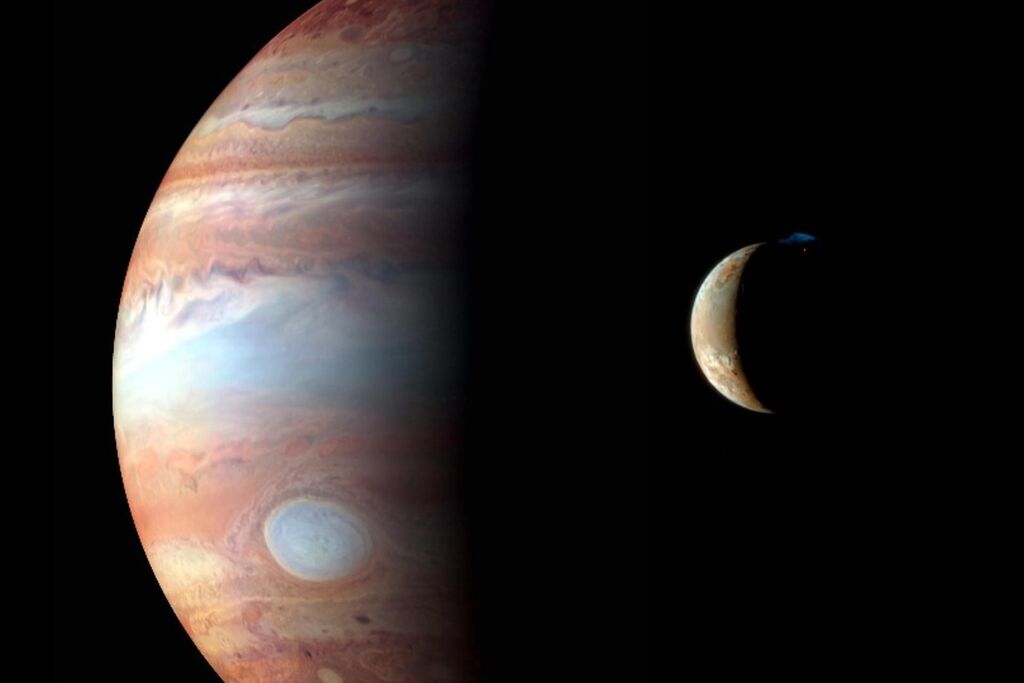
New Horizons Montage
A montage of Jupiter and an erupting Io as viewed through the lens of NASA's New Horizons spacecraft in 2007 while on the way to Pluto, which it reached eight years later.
Friday, February 23, 2024
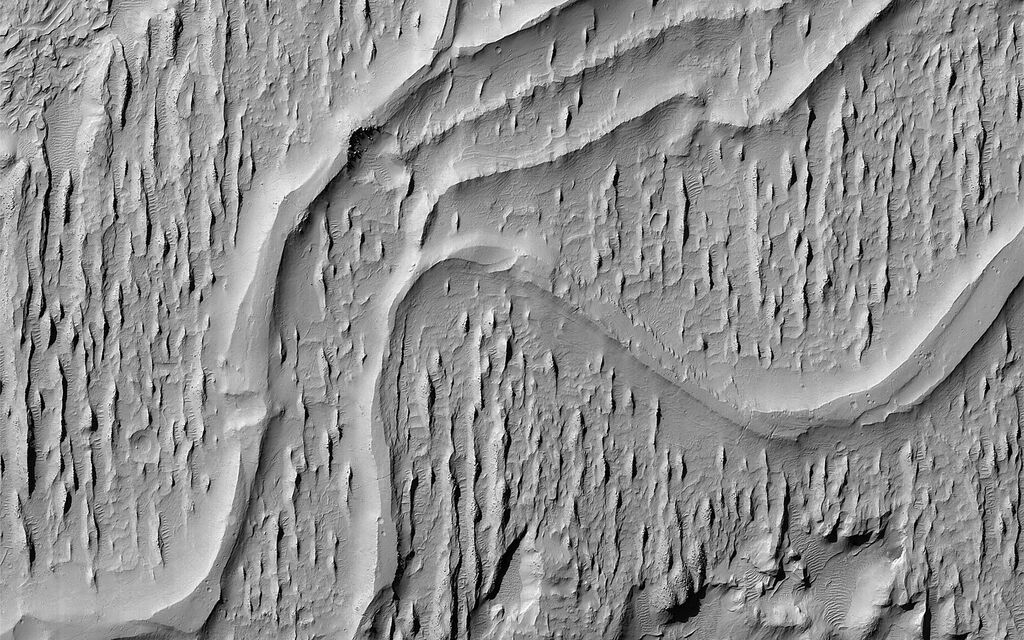
Flowing Rivers on Ancient Mars
This image of ridges in Aeolis Planum tells a story of ancient rivers and a Mars very different to that of today.
River beds often get filled with gravel and the surrounding terrain is often built up of fine-grained mud from river overflows. The gravely river bottom and the fine-grained surroundings can lead to a strange phenomenon that geologists call inverted channels. After the river disappears, the fine-grained surroundings can be easily eroded away leaving the gravely river bed as a high-standing ridge.
These ridges show the location of the old river beds in Mars' distant past. The angle at which the ridges join together indicate that these rivers flowed from top-right to bottom-left (i.e. southwest).





